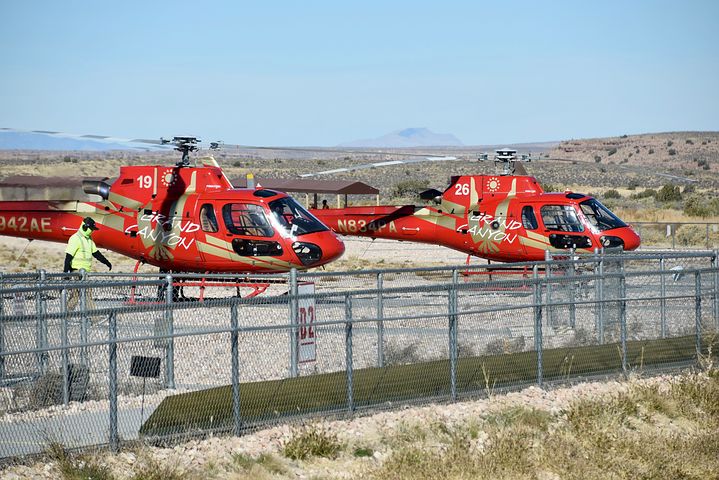Navigating the world of helicopter pilot training can be quite the challenge, especially for those eager to soar through the skies in Australia. Identifying the warning signs of a subpar training program is crucial to avoiding costly mistakes and ensuring a successful career in aviation. In this article, we’ll delve into nine red flags you should be aware of when choosing helicopter pilot training.
Insufficient Practical Experience
Helicopter pilot training should always include a healthy balance of both theoretical knowledge and hands-on experience. If a school fails to provide an adequate amount of practical training, consider it a major red flag. Flying a helicopter requires mastery of a unique skill set, and pilots must be confident in their abilities in various conditions.
Outdated or Insufficient Equipment
Helicopter pilot training facilities must maintain modern, well-maintained equipment to ensure the highest level of safety for their students. If a school’s fleet consists of outdated or poorly-maintained aircraft, this could indicate a lack of investment in their program. Additionally, insufficient equipment could lead to delays in training, ultimately affecting your progress as a pilot.
Lack of Accreditation or Certification
Reputable helicopter flight schools in Australia should hold proper accreditation and certification from recognized organizations, such as the Civil Aviation Safety Authority (CASA). These credentials are essential in confirming that the training program meets industry standards. Be wary of any institution that fails to provide proof of accreditation or certification.
Inadequate Instructor-to-Student Ratio
A low instructor-to-student ratio is crucial for personalized, effective training. High-quality helicopter flight schools maintain a small student-to-instructor ratio to ensure each student receives ample attention and guidance. If you notice large class sizes or a limited number of instructors, this could signal a lack of personalized training, which may hinder your development as a pilot.
Hidden Costs and Fees
Transparent pricing is a sign of a trustworthy flight school. Beware of institutions that are vague about their fees or seem to have hidden costs. Additional charges for items like fuel, ground instruction, or aircraft maintenance can add up quickly, making your training significantly more expensive than initially anticipated.
Insufficient Career Support
A quality helicopter flight training program should offer comprehensive career support to help students transition from training to employment. Look for schools that provide job placement assistance, networking opportunities, and ongoing professional development. If a training institution lacks these resources, it could hinder your ability to find work in the competitive aviation industry.
Limited Training Environments
A well-rounded helicopter pilot must be able to adapt to various environments and weather conditions. Training programs that only expose students to one type of environment or climate can limit their experience and preparedness. Seek out schools that offer diverse training environments, including different altitudes, terrains, and weather conditions, to ensure you are equipped to handle any situation as a pilot.
Inadequate Safety Record
Safety should always be a top priority for any helicopter flight school. Investigate the safety record of any training program you’re considering, and don’t be afraid to ask questions about their safety protocols and procedures. A history of accidents or incidents could signal a lack of commitment to student safety and should be a cause for concern.
Limited Course Offerings
A diverse range of course offerings is essential for developing a comprehensive skill set as a helicopter pilot. High-quality flight schools will offer a variety of training options, including private, commercial, and instrument ratings, as well as specialised courses like aerial firefighting or search and rescue. Limited course offerings could indicate that the training institution lacks the resources or expertise necessary to provide a well-rounded education.
Choose the Best Provider
Choosing the right helicopter pilot training program is a critical decision that can significantly impact your future career in aviation. By being aware of these nine red flags, you can make an informed decision and select a high-quality training program that will set you up for success. Remember, a solid foundation in helicopter flight training is essential for becoming a safe, skilled, and confident pilot in the Australian skies.



